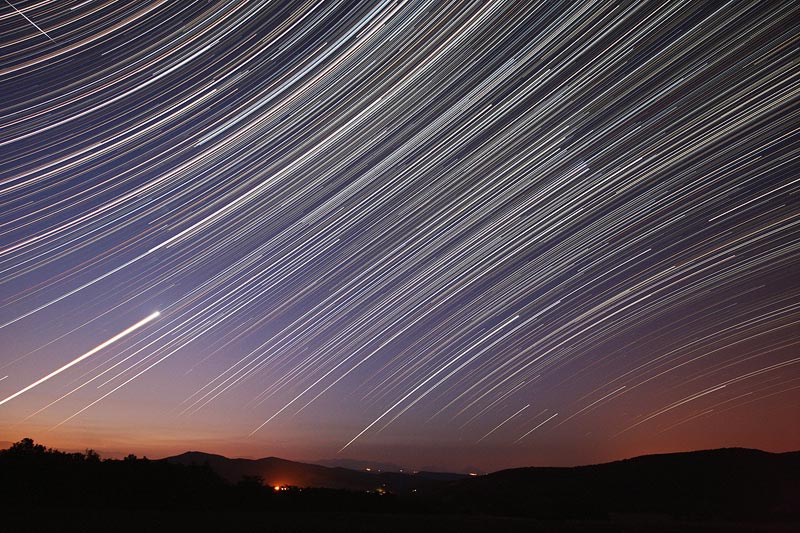
Thanks to a post on my friend David’s blog, I just ran across Duelity. It tells two creation stories—one from Genesis, one from modern science—using contradictory visuals and verbiage.
The introduction to the site hints at the conceit:
“According to the records of the General Organization of Development labs [GOD] it took a mere six days to manufacture a fully-operational universe, complete with day, night, flora and fauna, and installing Adam as its manager to oversee daily functions on Earth.
“If thou shalt believe the Book of Darwin, [’tis] five billion years after The Big Bang that we behold what the cosmos hath begat: the magma, the terra firma, the creeping beaste, and mankind, whose dolorous and chaotic evolution begat the gift of consciousness. ”
You get the idea. What I find interesting is that the approach is mirrored not just in the language used but also in the imagery that tells the stories. The General Organization of Development flick uses the visual language of a corporate training video, while the Book of Darwin employs an illustration style that recalls renaissance prints and stained glass. Brilliant stuff, really, and particularly impressive when viewed side-by-side, with the separate narratives intertwined.
I would say that I kind of object to the final tag line, though: “Duelity is a split-screen animation that tells both sides of the story of Earth’s origins in a dizzying and provocative journey through the history and language that marks human thought.” “Both sides”? As if there were only two…





